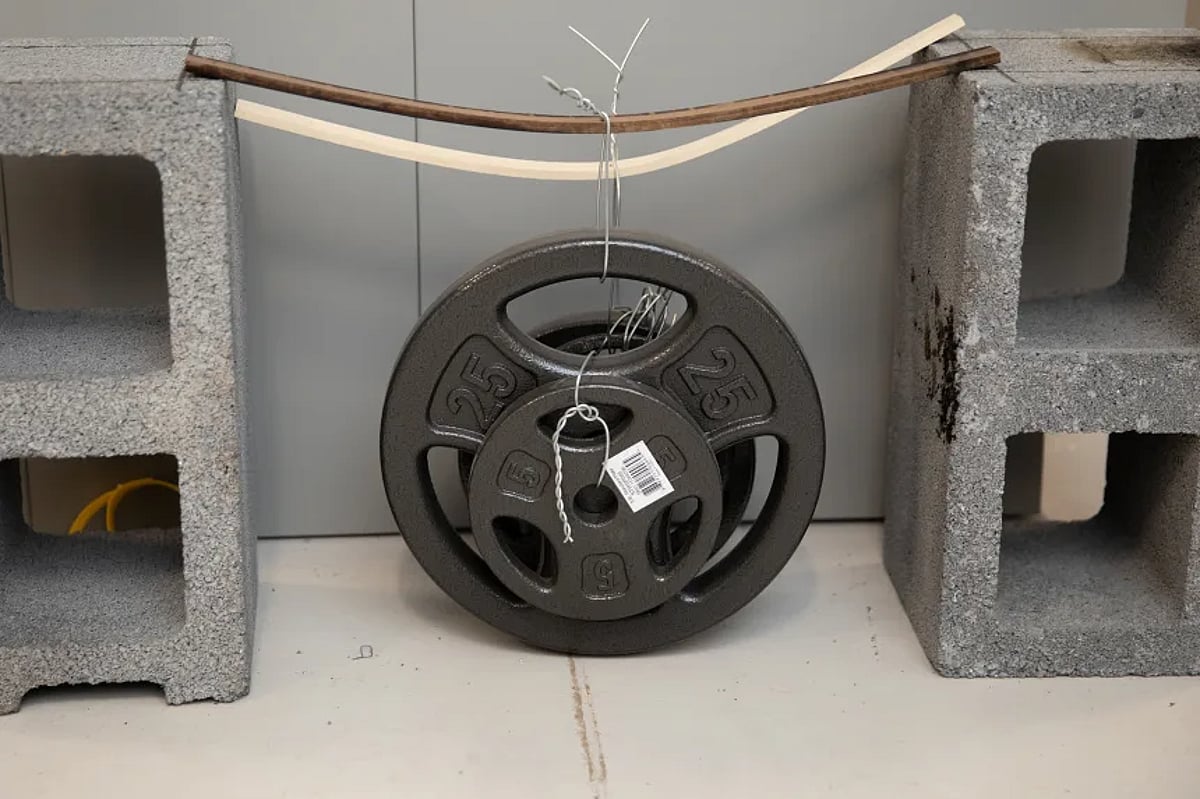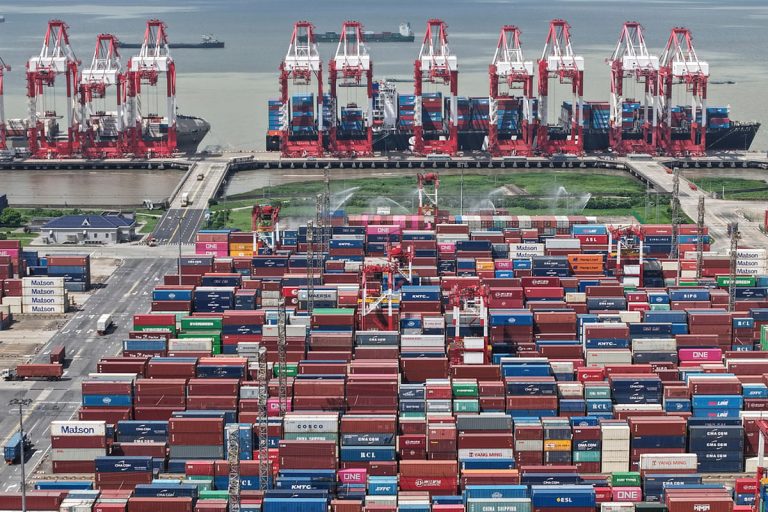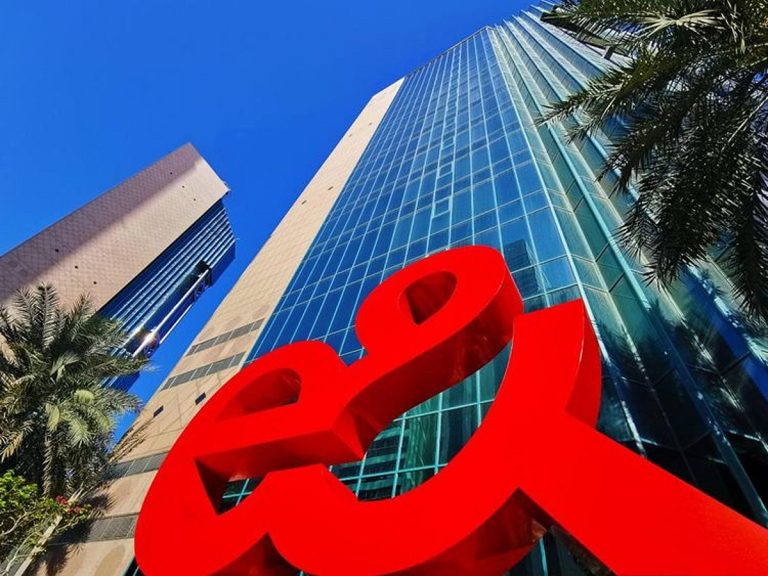Superwood: A Game-Changer for Sustainable Construction
A groundbreaking development in building materials has emerged from the United States, where researchers have created a new type of engineered wood that boasts remarkable strength and lightweight properties. This innovative material, known as “Superwood,” has the potential to revolutionize the construction industry by offering a sustainable alternative to traditional materials like steel.
The Journey to Superwood
The story of Superwood begins over a decade ago with Liangbing Hu, a material scientist who aimed to enhance the properties of wood. While working at the University of Maryland’s Center for Materials Innovation and now a professor at Yale, Hu experimented with wood to improve its strength and functionality. His research led to the creation of a material that is not only stronger than conventional timber but also significantly lighter.
In 2017, Hu achieved a major breakthrough by chemically treating ordinary wood to reinforce its cellulose structure, the primary component that gives wood its strength. This process involved boiling the wood in a mixture of water and chemicals, followed by hot-pressing to densify its cellular structure. The result was a material with a strength-to-weight ratio that exceeds that of most structural metals and alloys.
Commercialization of Superwood
Superwood is now commercially available through InventWood, a company co-founded by Hu. The manufacturing process has been optimized to reduce production time from days to just hours, although full-scale operations are still being established. The initial applications for Superwood focus on outdoor uses such as decking and cladding, with plans to expand into interior applications like wall panels, flooring, and furniture in the near future.
Alex Lau, CEO of InventWood, emphasizes that Superwood retains the appearance and behavior of traditional wood while offering enhanced strength and durability. This material could potentially replace metal components in furniture, which often fail at joints due to wood’s inherent weaknesses.
Properties and Advantages of Superwood
Superwood is reported to be up to 20 times stronger than standard wood and ten times more dent-resistant, thanks to its modified cellular structure. Additionally, it exhibits resistance to fungi, insects, and fire, achieving the highest ratings in fire resistance tests. While the production costs and carbon footprint of Superwood are currently higher than those of standard wood, Lau notes that its emissions are still 90% lower than those associated with steel production.
The innovative nature of Superwood lies in its molecular transformation, setting it apart from traditional engineered wood products that typically bond wood pieces with adhesives. This unique approach allows for a broader range of wood species to be utilized, with successful tests conducted on 19 different types of wood and bamboo.
Environmental Implications
The introduction of Superwood comes at a time when the construction industry is increasingly seeking sustainable alternatives to conventional materials. Concrete, the most widely used building material globally, contributes significantly to carbon emissions. In contrast, timber offers environmental advantages, being less energy-intensive to produce and acting as a natural carbon sink.
Philip Oldfield, a professor at the University of New South Wales, highlights the potential of wood products to serve as long-term carbon storage systems. He advocates for greater adoption of timber in construction, noting that stronger materials like Superwood could enable architects to design larger spans and more durable structures.
Challenges and Future Prospects
Despite the promising attributes of Superwood, the construction industry remains cautious about adopting new materials. Oldfield points out that the primary barrier to increased timber use is the industry’s risk-averse nature. He calls for more education, pilot projects, and updated building codes to facilitate the integration of innovative materials like Superwood into mainstream construction practices.
As InventWood continues to refine its production processes and expand its applications, the future of Superwood looks bright. The potential for entire buildings constructed from this advanced material could reshape the architectural landscape, making it more sustainable and resilient.
FAQs
What is Superwood?
Superwood is an engineered wood material that has a strength-to-weight ratio up to ten times greater than steel while being significantly lighter. It is designed to enhance the natural properties of wood for various construction applications.
How is Superwood produced?
The production of Superwood involves chemically treating ordinary wood to reinforce its cellulose structure, followed by a hot-pressing process to densify its cellular network. This innovative approach allows for improved strength and durability.
What are the environmental benefits of using Superwood?
Superwood is less energy-intensive to produce compared to traditional materials like steel and concrete, and it acts as a natural carbon storage system. Its production emits significantly lower carbon emissions, making it a more sustainable building material.
Conclusion
Superwood represents a significant advancement in building materials, combining the natural benefits of wood with enhanced strength and durability. As production scales up and applications expand, this innovative material could play a crucial role in promoting sustainable construction practices and reducing the environmental impact of the industry. The future of architecture may very well be shaped by the widespread adoption of Superwood.
Also Read:
Fire at Sharjah Warehouse Contained, No Injuries Reported







